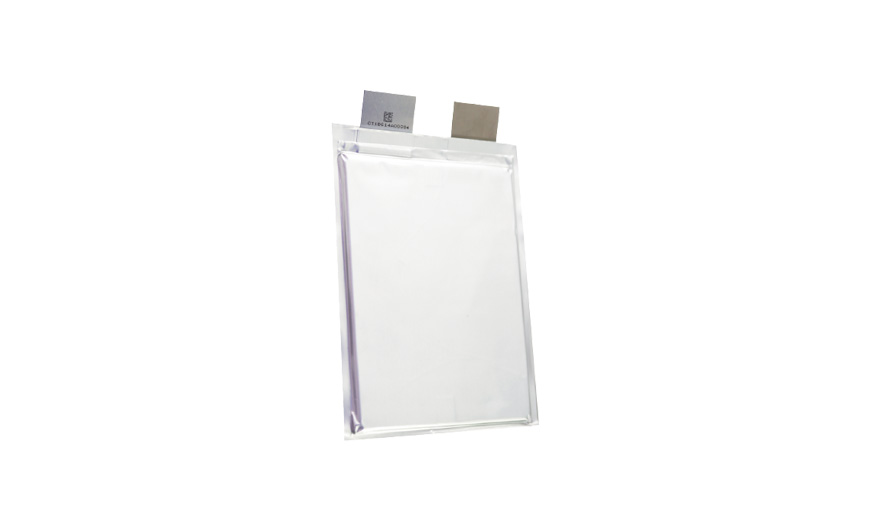In today’s fast-evolving energy landscape, pouch battery cells are widely recognized for their efficiency, flexible design, and high energy density. As a core component in modern electric vehicles and energy storage systems, the li ion pouch cell combines structural simplicity with excellent performance. Tianneng, a trusted name in lithium battery innovation, has developed a range of LFP pouch cells tailored for electric two/three-wheelers, light electric vehicles, and energy storage solutions.
Understanding Pouch Battery Cell Structure
A pouch battery cell differs from cylindrical or prismatic types in its soft, sealed aluminum-laminated packaging. This flexible enclosure reduces overall weight and volume, allowing for better space utilization in compact systems. Tianneng’s li ion pouch cell design provides a high specific energy density of up to 162 Wh/kg, offering more power in a lighter pack ideal for e-bikes, scooters, and portable energy systems.
Durability and Service Life
Longevity is a critical factor for professional users. Built with advanced LFP (Lithium Iron Phosphate) chemistry, Tianneng pouch cells deliver over 2000 cycles at 100% depth of discharge. This durability translates into lower maintenance needs, fewer replacements, and greater cost efficiency over time. Users can rely on consistent performance, even in demanding applications where long-term stability is essential.
Performance Across Temperatures
Temperature adaptability is another advantage of Tianneng’s pouch cells. Designed to operate from -20°C to 60°C during discharge and up to 45°C during charging, they maintain dependable performance in both winter and summer conditions. This makes them particularly suited for outdoor and mobile applications where environmental factors can fluctuate.
Low Self-Discharge for Reliable Storage
With a self-discharge rate below 4% at 100% state of charge under room temperature for one month, Tianneng li ion pouch cells ensure stored energy remains available when needed. This low self-discharge property enhances reliability for backup and energy storage systems.
Conclusion
A pouch cell battery represents a well-balanced solution for energy efficiency, durability, and flexible design. Tianneng‘s LFP pouch cells stand out for their stable performance, wide temperature range, and long cycle life — offering a reliable power source for electric mobility and energy storage applications.
